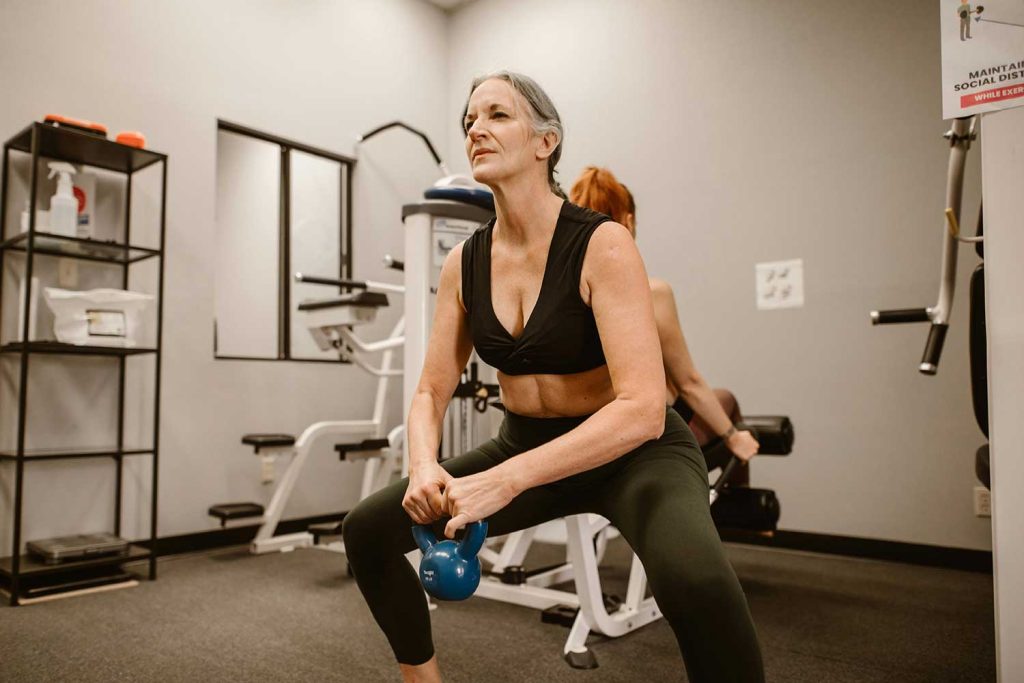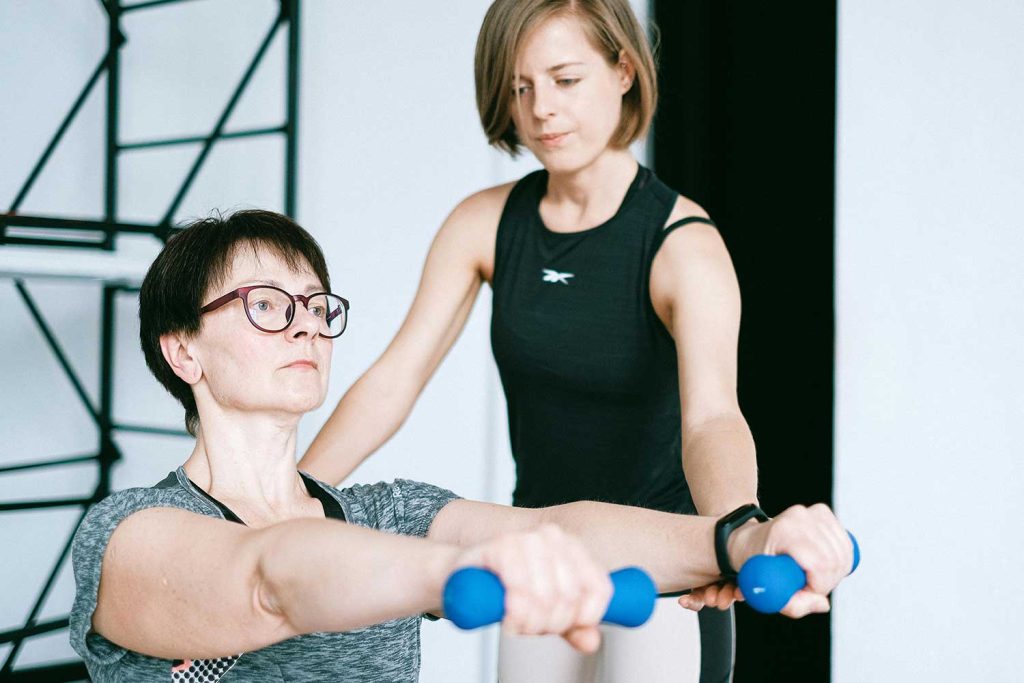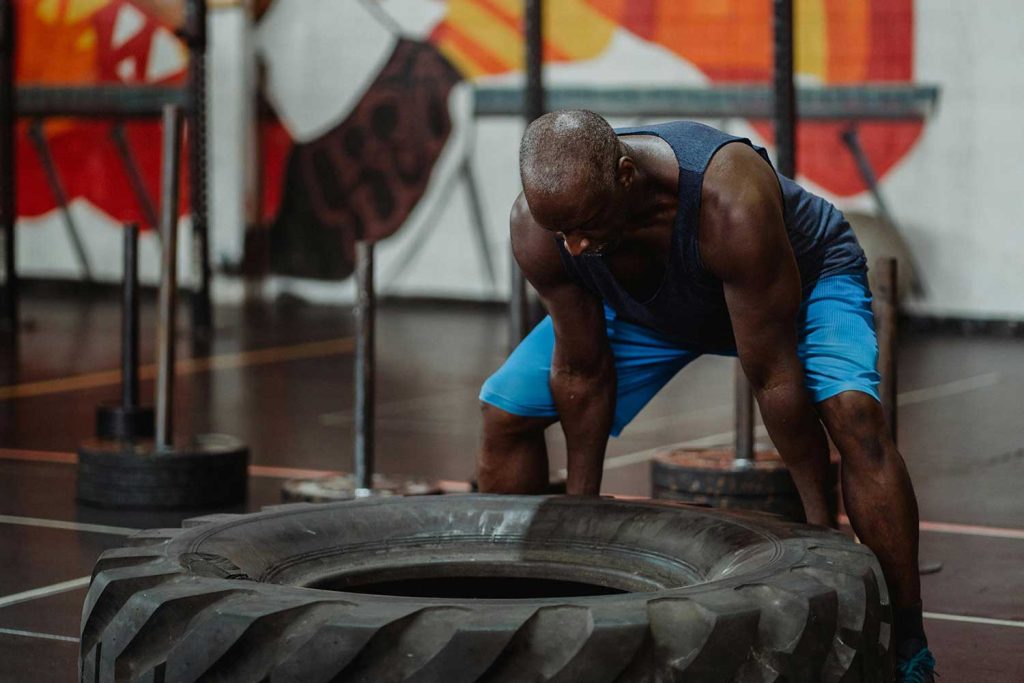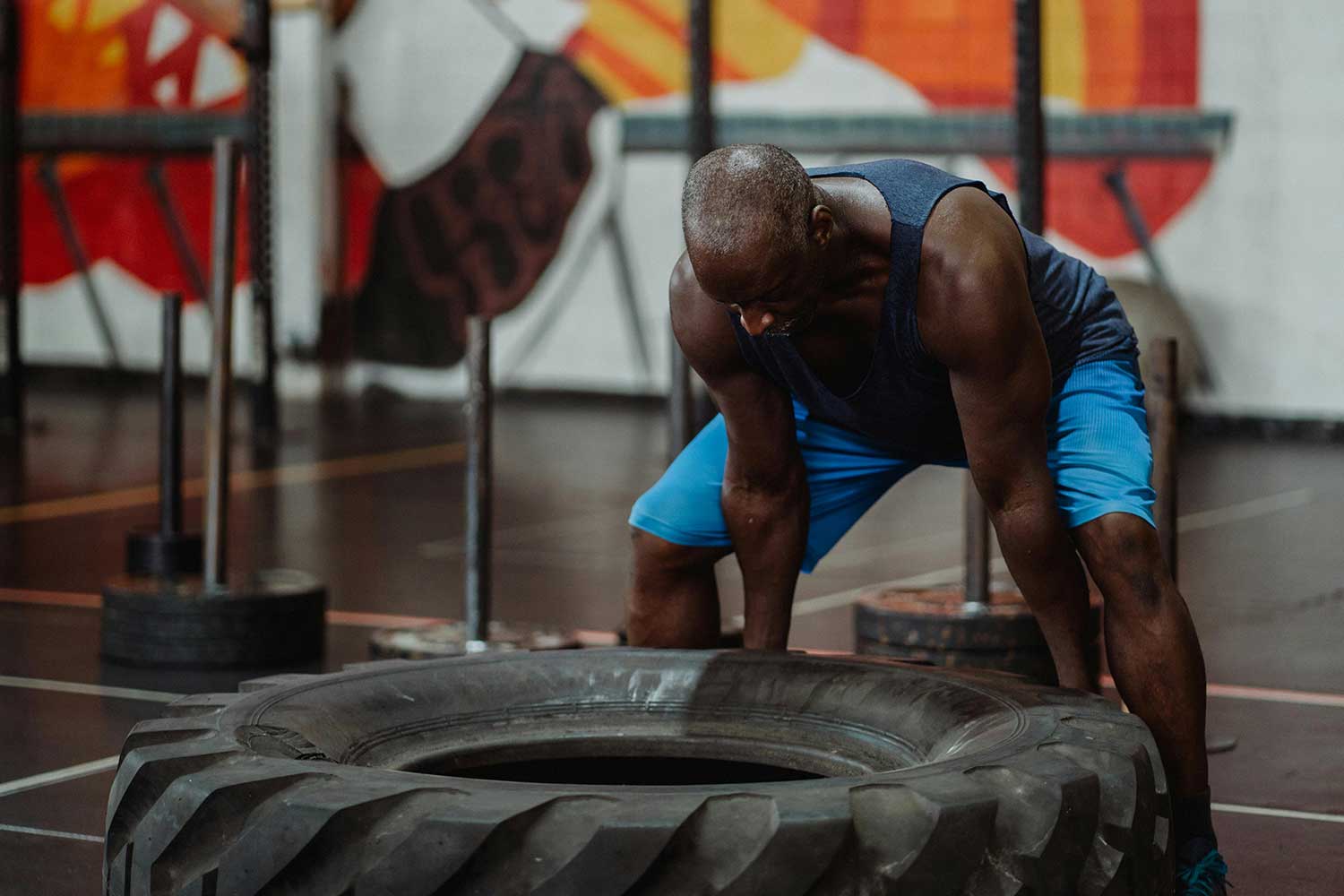For older adults, maintaining physical health becomes more important with each passing year. Good physical fitness is key to being able to enjoy your later years. Being physically fit will allow you to remain independent for longer. You’ll be able to enjoy a wider variety of activities. And if your genes allow it, you may even live longer.
There are many different types of exercise available. Weightlifting is of particular significance because it has the power to transform the lives of those in their later years. Yes, weightlifting is not reserved for the young. Lifting weights offers a wealth of benefits that can specifically target the physical requirements of aging bodies.
Getting Started
Step one is to consult your doctor to ensure weightlifting is a good fit for you. After you’ve been cleared to begin, research beginner-friendly routines appropriate for your current fitness level. If you will be lifting at your local gym, they will be happy to help you get started. You should focus on major muscle groups for the greatest benefit and quickest results.
If you want to maintain good progress throughout your fitness journey, you should strive for a minimum of two workouts per week. Three workouts per week would be even better, and you would get one rest day between workouts. If you’re motivated and want to maximize your results, you can do four workouts per week, but you’ll need to be careful not to overwork your muscle groups.
Get Strong
The main advantage of lifting weights is that you will get stronger. This is one of the primary goals of weightlifting for older adults because they tend to get weaker with age. As you become more vigorous, everyday tasks that once tired you out will become much more manageable. Weightlifting stops and reverses the muscle decline that comes with age.
This boost in strength will also increase a person’s independence and confidence. This confidence stems from knowing you can handle anything life throws at you without needing to call someone for help. It’s empowering to know you can still do things yourself. A common refrain from older adults is their desire to do things on their own and not having to rely or bother others. Older adults never want to become a burden to the ones they love.
Bone Density
Without taking concrete steps to avoid it, with aging comes a decrease in bone density. Exercise, specifically weightlifting, provides a vehicle to counteract this malady of aging. In extreme cases, this can manifest as osteoporosis, where bones become brittle and much more susceptible to fracturing.
Weight-bearing exercises stimulate growth in your muscles and the bones they are attached to. This stimulation of the bones results in improved bone density to accommodate the increase in muscle you are building through exercise.

The result is a more vigorous neuromuscular system. This increase in performance will translate to a much lower chance of falls and fortify you against other accidental injuries. Research from the National Institutes of Health shows weight training slows bone loss and possibly reverses it.
Mental Well-Being
The benefits of weightlifting are more than physical; they will fortify your mental and emotional health. Our body releases endorphins whenever we exercise, a biochemical mechanism that elevates our mood to combat stress. The cognitive benefits of exercise can be transformative.
The endorphins elevate your mood and dampen any negative feelings of depression. They have also been found to elevate a person’s cognitive abilities.
Weightlifting can instill a profound sense of accomplishment. As you progress through a weightlifting regimen over time, you will be lifting more and more weight. This increase in the amount of weight you can lift will provide unmistakable visible evidence of your improvement. This alone will build your confidence and resilience, especially meaningful as we age.
Heart Health
Resistance training improves circulation and lowers blood pressure, reducing the risk of heart disease. Weightlifting also improves endurance. Stronger muscles require less effort to perform tasks, and the heart doesn’t have to work as hard during daily activities. Older adults can enjoy hiking and bike rides without feeling winded.
Improving Balance
We have all seen elderly family members who have been the victims of falls and how devastating they can be. It’s not uncommon for older adults to suffer severe injuries from seemingly minor falls. Weightlifting and strength training reduce the frequency and mitigate fall risks by improving balance and coordination.
Exercises that strengthen your core and major muscle groups will improve your stability. Balancing exercises also strengthen many smaller ancillary muscles required for proper balance. All of these complementary exercises combine to lessen the likelihood of falls significantly.
Additionally, all these repetitive motions force your muscles and brain to work together with a frequency that may have diminished with age. Forcing your muscles and brain to work together in coordination will also improve your reflexes and decrease the likelihood of being injured from an inadvertent stumble. You know what they say, “Use it or lose it.”
Maintaining a Healthy Weight
Have you ever noticed that our weight tends to increase with age? Also, it becomes increasingly difficult to shed pounds as you get older. This has to do with the fact that our metabolisms slow as we get older.
Increasing your muscle mass through weightlifting will increase your metabolic rate. This increase in muscle mass will burn calories—even when resting. This means you can more easily maintain a healthy body weight.
Customize Your Weightlifting Routine
Don’t be intimidated by all the muscle-bound hulks you see at the gym, lifting insanely heavy weights. You only need to lift enough weight to challenge your body to react. For some, this means lifting one or two-pound barbells. For others, this can take the form of exercises without weights, like standing squats using a chair for an assist or inclined presses against a wall.
You don’t need to overexert yourself but do enough to wake up your muscles and make them work. As long as you test your muscles, you will see results. Start with something that is perhaps 1% beyond your comfort zone. As it becomes easier, increase intensity over time. Never lift more than you are comfortable with. If you have any doubts, it is always good to seek the guidance of a professional trainer or healthcare provider.
Remember, safety should be one of your primary considerations. Doing exercises correctly and with good form is much more important than sacrificing technique. If you are struggling with technique or feel unsure or unsafe about anything, seek the help of a professional trainer or physical therapist trained to work with older adults.

Quality of Life
Keep your goals realistic. Weightlifting for most older adults is not a return to the bodybuilding craze of youth. It’s the pursuit of maintaining a high quality of life and being able to do things you love doing for as long as possible. Proper exercise will allow you to pursue your passions much longer into your future than would have been otherwise possible if you lived a sedentary lifestyle.
Conclusion
Weightlifting isn’t just for the young or the athletic. It offers a wide array of benefits for older adults. The routines may be more softcore, but progress will come with time, and the rewards will be worth it. From improving your bone density to elevating your mental health, the paybacks are wide-ranging and weighty. Whether it’s lifting a grandchild with ease or hiking a favorite mountain trail, the rewards of weightlifting will enhance every aspect of your life.



